Short answer: Yes!
Many pregnant women wonder: Is Pilates safe during pregnancy? This article will review why Pilates is great during pregnancy.
Pilates focuses on posture, core strength, stability, balance, breath, and body awareness – all important parts of feeling comfortable and confident in your changing body.
I have long been an advocate for exercise during pregnancy, both in my work as a prenatal nutritionist and as a Pilates Instructor. In fact, I presented on the topic to a group of health professionals a few months ago. I found it very interesting how little knowledge the average health professional has regarding the benefits, risks, and types of exercise that are appropriate during pregnancy. It’s no wonder most of them feel uncomfortable recommending anything other than walking. Of course, there are precautions to take while pregnant, but exercise is natural and healthy for mom and baby.
Here are the basics…
Benefits. Reduces backaches, constipation, bloating, swelling. Improves energy, mood, posture, muscle tone, strength, endurance, quality of sleep. May prevent or help treat gestational diabetes and help you cope with the physical demands of labor. Exercise prevents excess weight gain and makes it easier to lose the weight gained during pregnancy after you’ve given birth. Pilates is specifically helpful for strengthening muscles in the pelvic floor and abdominal muscles. Women who benefit the most practice Pilates before becoming pregnant or begin in their first trimester.
How much? Exercise at least 30 minutes a day according to the American Congress of Obstetricians and Gynecologists.
Pain means STOP. This is a familiar idea for long-time Pilates clients, but for the average person and for many athletes, it’s “no pain, no gain”. Any episode of pain, discomfort, reduced fetal movement, or contractions are a sign to take a break, slow down, and reassess. Ideally, work one-on-one with a knowledgeable Pilates teacher so that you are exercising in a safe environment.
Keep talking. Keep breathing. 1) Let your trainer or exercise buddy know if something doesn’t feel right. 2) If you can’t continue a conversation while exercising (aka – can’t catch your breath), you’re working too hard. Reduce the intensity so that you can breathe normally. Yes, your heart rate increases during exercise, but you need to maintain consistent breathing to deliver enough oxygen to your baby and your muscles. Pilates is ideal because the intensity is customized for each client and breath work is a main focus. (Be aware that as baby grows, it pushes your diaphragm upwards and may reduce lung capacity – that means more frequent and shallow breaths.)
Stay balanced. Build your core. As your belly grows, especially during the second and third trimester, your center of gravity changes. Maintaining strong core muscles and developing stabilizing muscles becomes more important to prevent aches and pains commonly felt during pregnancy. A strong core alleviates low back pain (think of pulling the baby in close to your body to keep your low back from arching too much). Remember, every movement should start with good posture.
Stretch carefully. During the last few months of pregnancy, your body produces increasing amounts of relaxin, a hormone that increases joint laxity in preparation for labor. This makes it easier to over-stretch. This is where Pilates can help you maintain alignment, control, and remind you to move your joints in mid-range (staying inside the “box of the body”).
Disclaimer: Ask your doctor if you have any complications that make exercise unsafe during your pregnancy. This advice does not replace the advice of your primary care provider.
Did you like this post? If so, be sure to sign up for email updates below to learn more Pilates tips and get healthy, delicious recipes delivered to your inbox each week. It’s FREE!
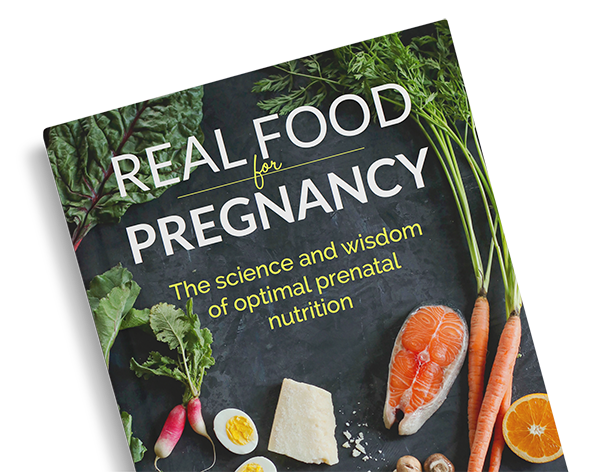
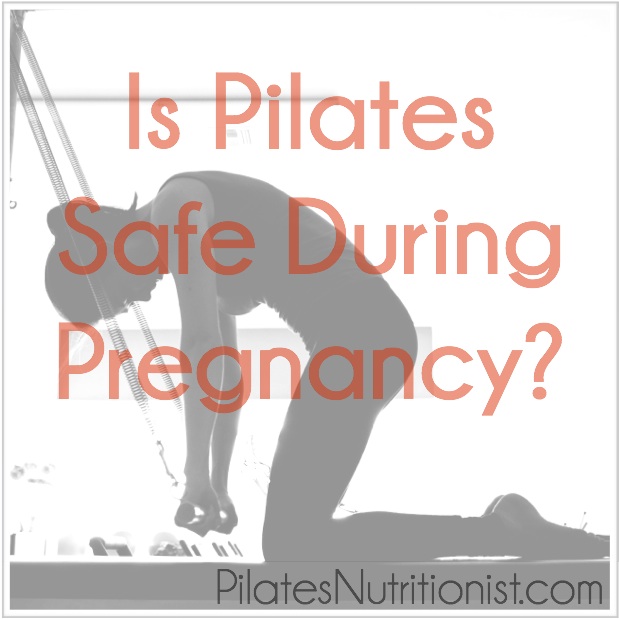
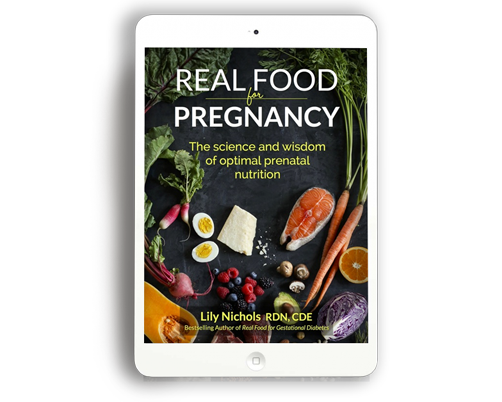
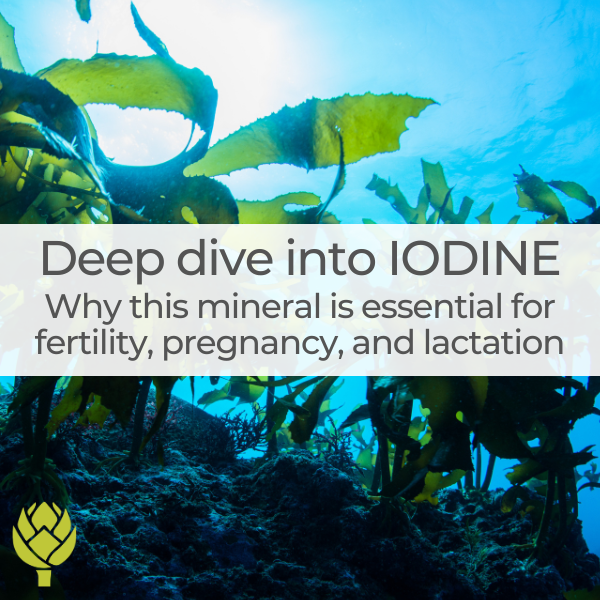

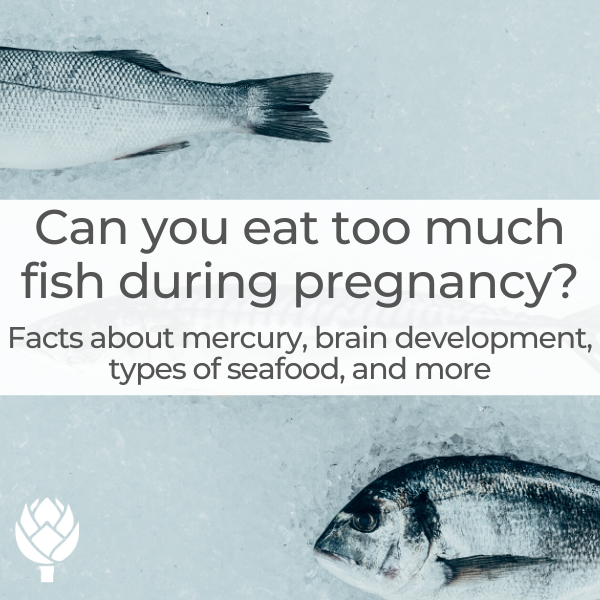
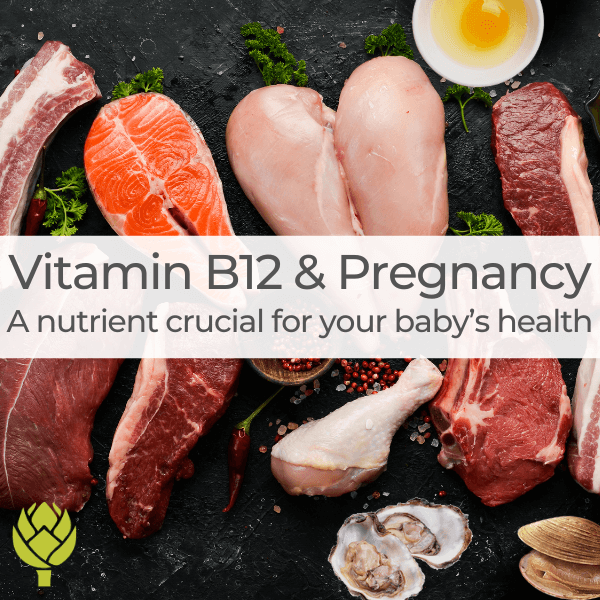

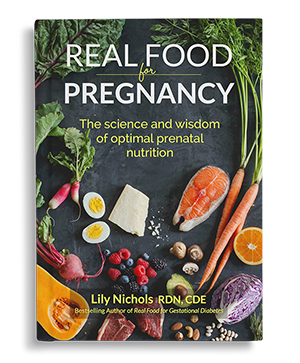
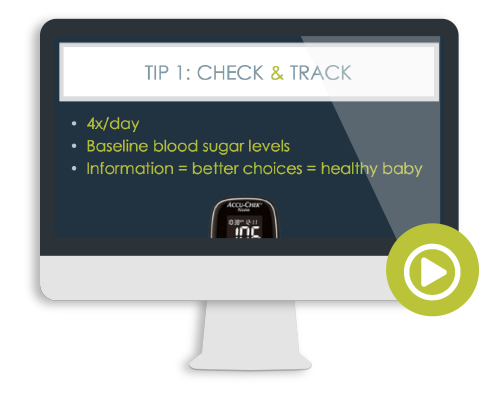
Luv it
just start with a 4 month pregnancy client .